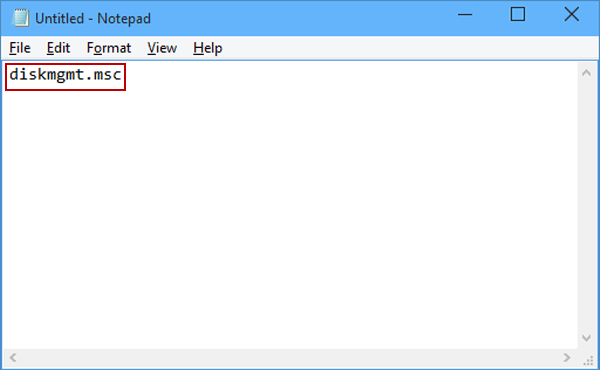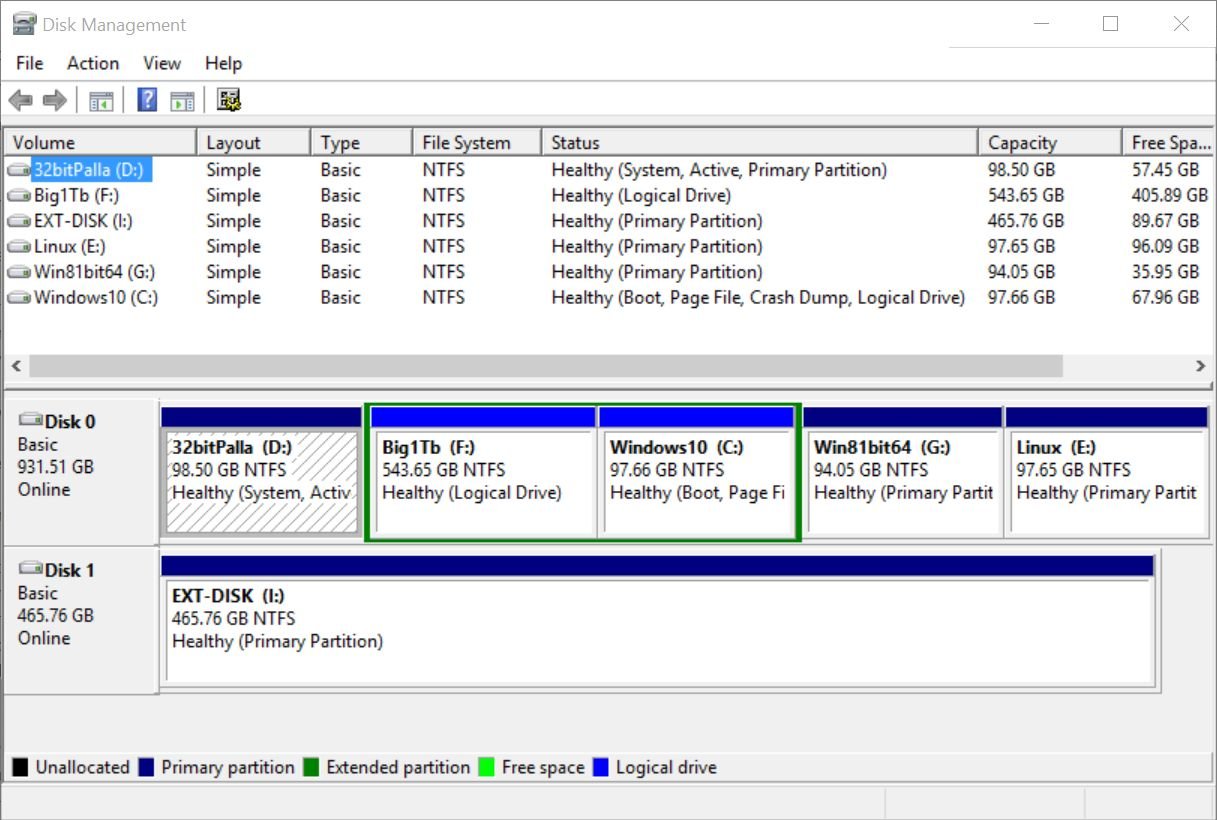

NTFS supports large file sizes and provides excellent security, but it doesn’t fully work on alternative operating systems besides Windows and Linux.įAT32: A legacy Windows file system. Windows allows you to format external drives with one of the three file systems below. That’s essential when you want to ensure that a drive is compatible with other devices. Formatting also gives you the perfect opportunity to implement a suitable file system. Additionally, it runs reliability checks on drive sectors and fixes severe errors (though there’s no guarantee).īut that’s just half the picture. When you format an external HDD, SSD, or USB flash drive in Windows, the operating system frees up the disk space for use by other data. How Erasing and Formatting a Drive in Windows Works # You must also reformat the drive and securely erase its data if you plan to sell it. If you’ve already been using the drive for some time, formatting can help resolve persistent performance issues and other problems.


However, you may still want to erase and format the drive, so that you know you’re starting with a clean slate and an appropriate file system. When you buy an external hard drive, SSD (solid-state drive), or flash stick, chances are that you can connect it to your Windows PC and use it right away.


 0 kommentar(er)
0 kommentar(er)
